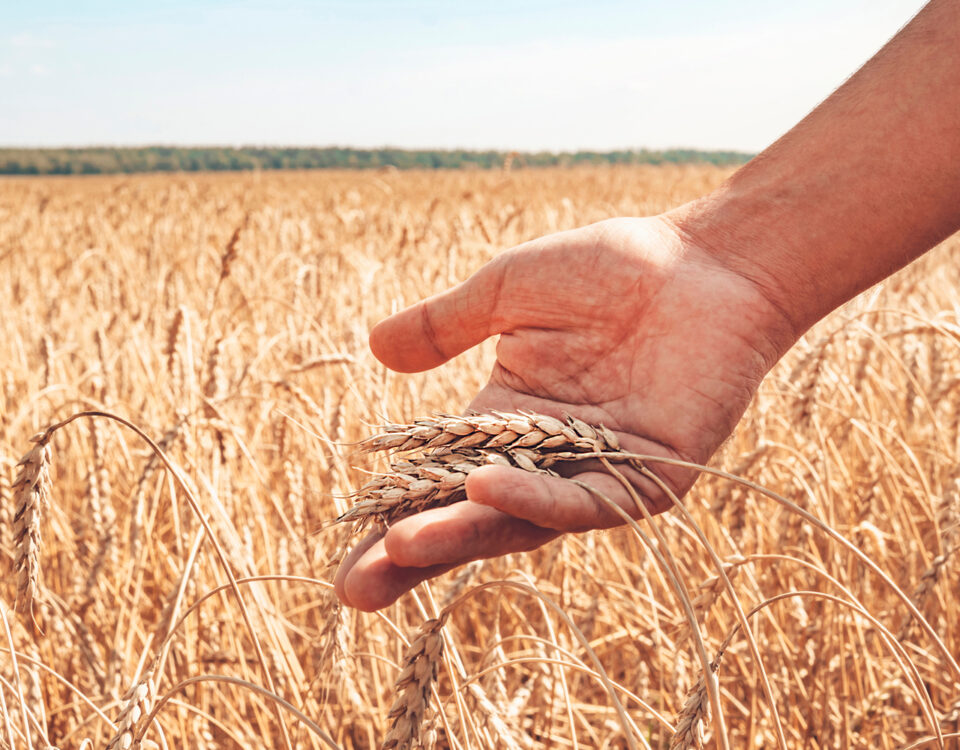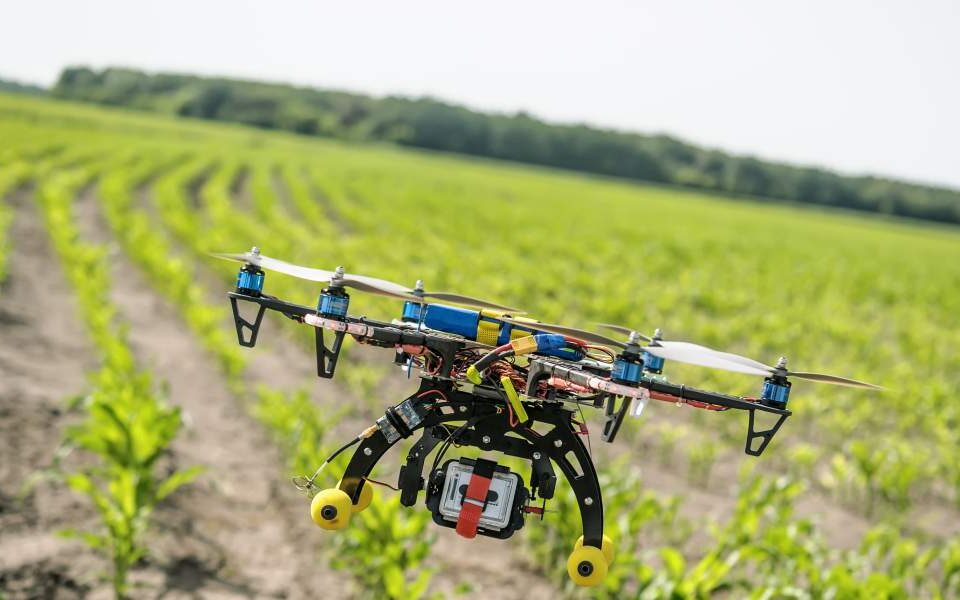
The Impact of Land Grabs on Local Communities and Food Security
July 27, 2024
Case Studies: Successful “Food is Medicine” Programs in Action
July 27, 2024Precision agriculture, also known as smart farming, which adapts agriculture to food needs, is revolutionizing the agricultural landscape in Europe. This innovative approach takes advantage of advanced technologies such as GPS, IoT, and data analytics, which can yield good results in a short period of time to improve farming practices. By specifically monitoring and managing the field, farmers can increase efficiency, reduce waste, and significantly increase productivity.
Technological innovation driving precision agriculture

One of the key drivers of healthy agriculture is the integration of modern technologies. GPS technology allows for accurate mapping of fields that can be explored in new ways, enabling farmers to apply inputs such as fertilizers and pesticides only when needed. IoT devices provide real-time data on soil moisture, weather conditions, and crop health, telling about crop yields. Drones and satellite images offer detailed insight into crop growth and help identify problems early. These technologies collectively ensure that resources are used more efficiently, reducing costs and reducing environmental impact.
Benefits of healthy agriculture
The adoption of precision agriculture in all European countries has brought many benefits to farmers. One of the most important benefits is increased crop production, which can help alleviate food shortages. By properly managing inputs and monitoring crop health, farmers can achieve better growth conditions, strengthening the country and nation through higher yields. Additionally, precision agriculture helps reduce input costs, such as seeds, fertilizers and water, by ensuring that they are used only where and when necessary. It not only increases profitability but also promotes sustainable farming practices.
Challenges and solutions
Despite its advantages, the widespread adoption of healthy agriculture in Europe faces many challenges to still produce good yields. The high initial investment required for advanced equipment and technology can be a significant barrier for small and medium-sized farms. This challenge is compounded by the need for specialized knowledge and training to effectively use these technologies. Despite these obstacles, the benefits of advanced technologies can drive substantial growth in the agricultural sector. Government subsidies and financial aid, coupled with collaborative efforts between tech companies and agricultural organizations, are helping to address these barriers. Together, these supports are making it easier for smaller farms to adopt innovative technologies and reap their benefits. By providing access to affordable technology and training programs, the country can accelerate the adoption of proper agriculture.
Future prospects for healthy agriculture in Europe
The future of healthy agriculture in Europe looks promising, improving agriculture and addressing food insecurity. Continuous advances in technology and increased awareness of sustainable farming methods are driving growth in this sector. As more farmers adopt precision agriculture, the collective impact on food production and environmental protection is critical. With continued support from governments, research institutions and the private sector, Europe is poised to play a key role in ensuring food security and sustainability in healthy agriculture. With which one can run his nation in a good way.
In European countries, modern machines are being used to produce more Crops in a short period of time.





